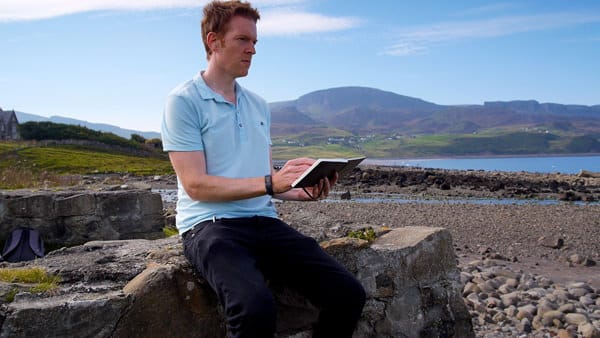
I’ve just finished creating a new sketching course taking some of my drawing techniques out of the studio into the countryside.
In ‘The Essential Guide to Sketching the Landscape’ we look at new materials, techniques but most importantly what ‘works’ in a landscape sketch, from composition and simple perspective to changing your viewpoint to achieve maximum results.
Developing the habit of thumbnail sketches can build your confidence when gathering reference information out on location and you’ll become used to using your sketchbook to its full advantage, without feeling pressured to make every piece a finished work of art.
If you want to learn more about discovering the simple pleasure of sketching outdoors, soaking up the sounds and atmosphere click here to watch an intro video to the course
Cheers,
Will
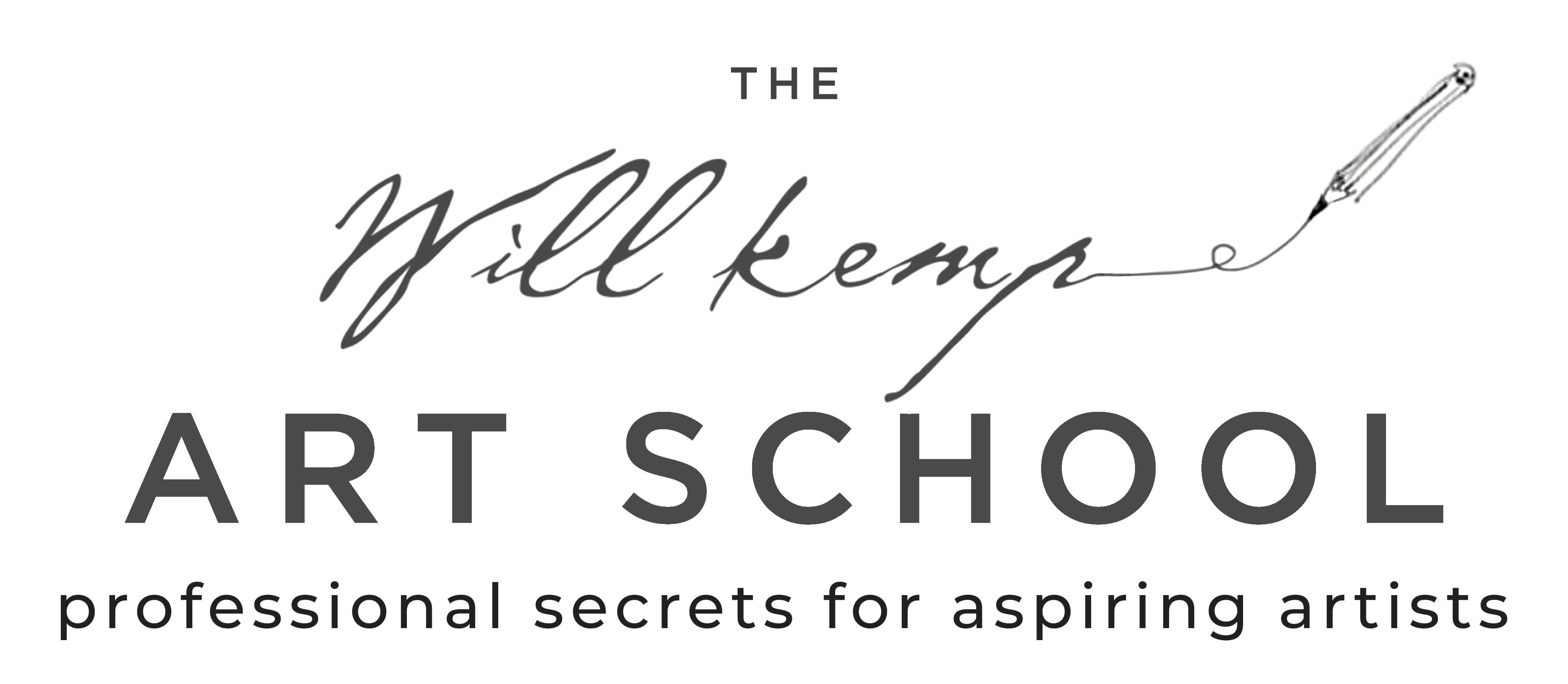
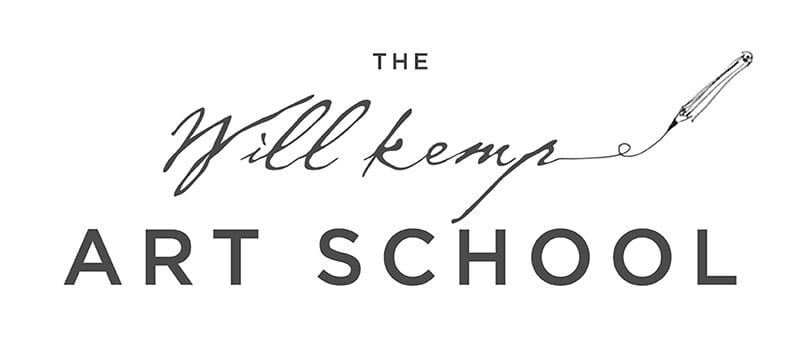
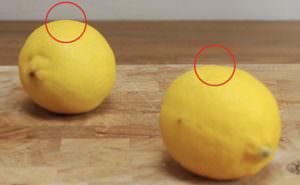

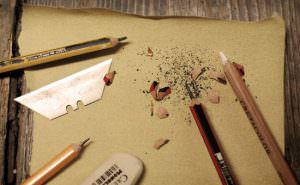
To anyone who is thinking of doing the course – DO IT! This has helped me learn new techniques that I didn’t know and I know it will really help me improve the quality of my paintings too. In fact, I don’t really enjoy the drawing out for a painting, so it surprised me quite how much I enjoyed this course and really found a new love for sketching and drawing the landscape. I’ve already been putting my new skills into practice by sketching in my garden, and Im going to develop it further into a painting. Definitely a really helpful course for people to do, and also a great one for rediscovering love and interest in drawing and sketching, if like me you find drawing out a bit of a chore sometimes. The seven lessons were really great, and Im going to re watch them all, as Im sure I will get something else out of it second time around. Will has a wonderful way of explaining things in an easily understood way that I’ve not found anywhere else. Give it a go and see where it takes you :) Definitely worth the money too. Thanks Will once again for an excellent course! Kara Spencer x
Hi Kara, great to hear from you and so pleased you’ve been enjoying the new sketching course. Really pleased you’ve been inspired by the lessons to create drawing from your garden and find the love for enjoying the process, fantastic to hear! looking forward to seeing your sketches of the garden.
Cheers,
Will
I’m only a couple of videos in and I’ve already picked up so much that is helping me in planning and composing better outdoor sketches. I definitely recommend this course.
Great to hear it Ann, relly pleased you’re enjoying the lessons.
Cheers,
Will
Having just watched the first drawing video I am grateful for the calm, articulate delivery and also, unlike some art videos I have viewed in the past, the fact that the camera is focussed on the page that the artist is working on rather than the artist’s face! Looking forward to getting out there!
Hi John, really pleased you’ve been enjoying the first lessons on the course and are feeling inspired to get out into the landscape.
Cheers,
Will
Hi Will,
Recently finished working through your Light & Shadow drawing course and the Acrylic Portraits one. Great lessons. Learnt a lot.
I particularly enjoyed the portraits course… found it a real challenge. I stuck at it and think I make a reasonable job of the lessons.
Mind you – I chickened out at the final palette knife impasto on the last portrait… next time I’ll definitely go for it… honest!
David
Hi David, yes that final palette knife section is a venture into a new comfort zone! really pleased you’ve been enjoying the lessons.
Cheers,
Will
Hi Will, I’ve thoroughly enjoyed this course and found it helpful for both techniques and tools. I’ve watched all the lessons and gone back and reviewed a few of them again as I’ve tried to put them into practice. This will be a course I reference over and over again! One quick (and rather random!) question for you… how do you sharpen your pencils so that there’s such a long, thin point of graphite to work with? Thanks again for the well done, high quality course!
Ed
Hi Ed, nice to hear from you and really pleased you’ve been enjoying the sketching course. I sharpen my pencils with a knife to give me more graphite and a sharp edge onto the pencil. I use a Stanley knife and it’s worth getting a few ‘test’ pencils as many leads can be lost when you hone your technique! the harder the lead the easier it is to start with. I show a demo in the beginners drawing course, but here’s a video using the same technique with a knife (about 1 minute in) it’s very satisfying when you get a good point!
Cheers,
Will
I’m just agreeing with all of the above. Wasn’t expecting to like the drawing and sketching but thought I ended to sharpen those skills so I bought the course. Turns out I loved it. It is so well organized and I was happy to learn about new implements such as the brush tip pen, water color markers etc. I ended up with one painting that my wife wants to hang – ultimate compliment for me. Thanks Will, Hardy
Hey Hardy, so pleased you’ve enjoyed the course, and a painting you’re wife is going to hang, the ultimate accolade!! great work. Yes, I love that brush pen, it can make such a big difference in getting that loose sketching quality to your work. Thanks again for your fab review.
Cheers,
Will
Hi Will
You are a great teacher and I really enjoyed the beginners drawing course. I thought I could draw but you have opened my artistic eye in so many ways. My work has improved heaps!!!
I have just started the Landscape Sketching Course and i am excited by the comments above. I agree with Kara you have the ability to explain things in and easily understood way and make it look so easy to achieve. Looking forward to get into the course.
Thanks again
Maureen
Fantastic to hear it Maureen, and really pleased you’ve been seeing your work improve on the beginners drawing course. Hope you enjoy the new lessons and looking forward to seeing your results.
Cheers,
Will
I just bought this course; I was actually planning on doing the beginning acrylic course next but when I saw this I had to have it! I did the beginning drawing course, and that really worked for me. A miracle almost – for the first time *ever* I am (repeatedly) creating drawings from life and photos that please me, and not relying on copying other drawings (which is all I thought I was capable of.)
Thanks so much for the advice to learn drawing before painting. I took some classes in oil painting when I was a teenager, and I never could draw… the teacher would see me struggling and come help me (that is, do it for me), so I never learned. I think the attitude was “just get past that boring bit so that you can get on with the exciting painting bit.” But if you don’t learn the drawing bit, you are always stuck with other people’s designs because you can’t do your own. If not for the advice that I found on here, I’d probably still be stuck there but now I feel free!
I also love reading the comments on this website, they are very inspiring because so many people say “I thought I couldn’t, but now I can.” Here is another.
Maybe next time I have the opportunity to draw outdoors I’ll have the guts to actually remove the sketchbook and pens from the tote bag and use them, instead of just thinking about it. (Anyone within 10 meters of me is clearly watching me and judging my work, right?)
Thanks Will, you are a special person!
Hey Tamara, great to hear from you and so pleased you’ve been feeling inspired and creating lots of drawings after going through the drawing course, you’re sooooo going to reap the rewards when you learn more painting techniques with all your newfound drawing skills. Good luck taking those first brave steps to open the sketchbook in public!
Cheers,
Will
I have purchased and completed just about all of Will’s art education courses. I have also purchased and viewed several other educational videos by wonderful artists, but by far, I have learned the most from Will’s courses. He is an accomplished artist in his own right — love his work! — and also a gifted educator. To boot, his videos are so professionally done, and quite simply, a joy to watch. The “Sketch” course in particular is beautifully, beautifully done. For anyone reading this post, I highly recommend this course and any of Will’s courses. You will love how much you learn; and also really appreciate that you can go back to your purchased course videos and/or materials at any time for a refresher. Kudos to you, Will, for your art school offerings and your complete and utter enthusiasm for sharing your training, talent, energy, and hard work with all of us!
Hi Katie,
Thanks so much for taking the time to post such a positive comment and review of your experience with the courses.
I’m so grateful for feedback on the videos and you really made my day!
Thanks again Katie,
Cheers,
Will
Hi Will
Thank you so much for your wonderful teaching…
Can you please tell me where i can find your 3 video tutorials on landscape painting in acrylics?
I ‘tripped over’ a video introduction to them, but can’t find the videos themselves.
Look forward to hear from you,
Liz
Hi Liz, if you click on either the Acrylics tab of Free Videos tab there is a full list of all the tutorials.
Cheers,
Will
Thanks for your quick response Will – much appreciated…
I have another question for you, this time to do with limited palette etc.
I’ve been studying ‘Blue and yellow don’t make green’, and I’m about to invest in a limited palette of god quality paints. However, there is some disparity between Michael Wilcox’s recommended limited palette and yours, and I’d like to ask you for your reasoning re a couple of hues….
1
Violet red: MW recommends Quinacide Violet (or Red), and you recommend Alizarin Crimson Permanent
2
Green blue: MW recommends Cerulean Blue in his primary palette, but of the 2 green-blues you seem to favour Phthalo Blue (GB) over Cerulean Blue (you hardly ever mention the latter in your videos)
It would be really helpful to me if you could explain your reasoning behind your favoured hues.
Best wishes,
Liz
Hi Liz,
It’s due to the tinting strength and coverage when working on a more opaque style (as opposed to watercolour)
The Alizarin Crimson has a better colour range for the style of paintings I paint, and the Phthalo Blue has a stronger tinting strength than the Cerulean blue.
I still use Quinacridone red and Cerulean for some paintings, it just depends on the style of paintings you’re going for. If you’re going to be using lots of brighter purples then the Quinacridone Violet would work better if you’re going to be applying thin transparent glazes the Cerulean can be really nice.
Hope this helps,
Cheers,
Will